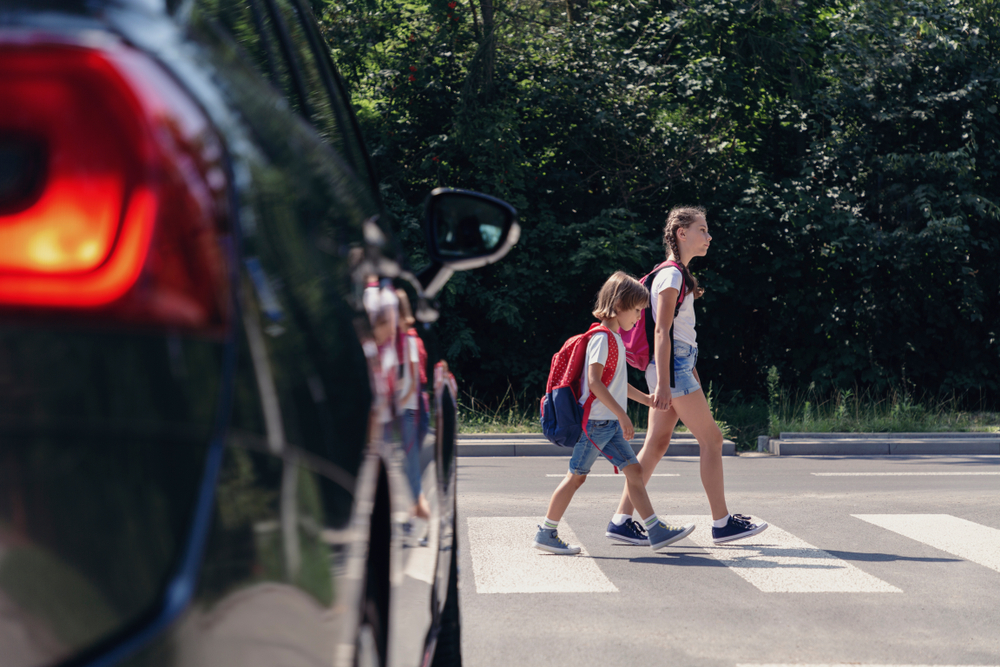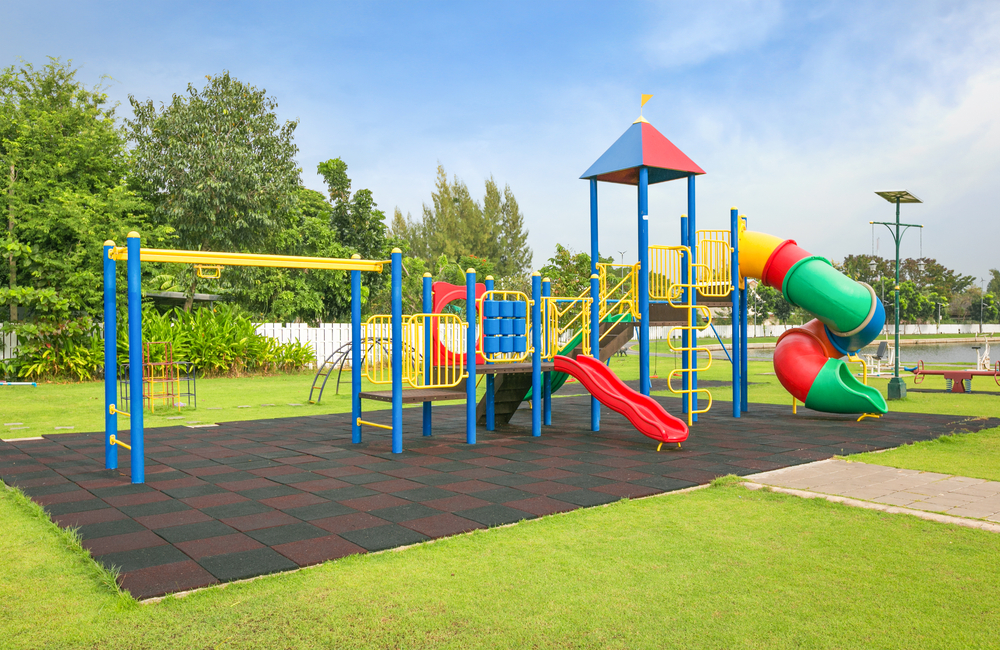


Risk Management: Educational Institution Crosswalk Safety
October 19, 2021


Winter Safe Driving
November 22, 2021Risk Management: Playground Liability
Educators everywhere know that playgrounds are vital to schools. They provide children a much-needed opportunity to expel energy so that they can focus in the classroom. However, playgrounds can also provide the opportunity for students to injure themselves. Balancing an exciting playground for students and protecting your facility from liabilities can be challenging as an educational institution. Here’s are some of the top things to consider:
Safe Playground Design
Start by ensuring that playgrounds are age-appropriate. Incorrectly sized equipment is likely to result in significant injuries. When planning a play area for children ranging in age, you will need three sets of equipment: for children under 2, 2-5 year-olds, and 5-12 year-olds.
Other safety issues to be considered when planning a playground include:
- Equipment with moving parts, like seesaws and swings, should be moved away from other equipment and have ample space.
- Look out for spaces that could catch a child’s head or limbs. Openings, like rungs on ladders, should be smaller than 3.5 inches or larger than 9 inches.
- Wood equipment needs to be monitored for cracks and splinters. Any issues with the wood will require immediate repair or replacement.
- Sandboxes need to be covered at night and inspected before child use due to potential animal contamination.
Playground surface selection is equally as important. A safe ground surface can lessen the severity of injuries and help to prevent trips, slips, and falls completely. Concrete, asphalt, and blacktop are considered unsafe due to how hard they are. Woodchips provide a softer surface but can still cause falls and lesser injuries. Rubber mats are considered safest, especially for younger children, because they are the softest and allow wheelchair access. Supervisors and staff should ensure that the playground surface remains level and free of debris, like rocks, tree stumps, and tree roots, to keep kids as safe as possible.
Duty of Care
Many lawsuits relating to school playground injuries have focused on the negligence of supervisors and staff. While teachers and monitors cannot be expected to have their eyes on every child at all times – they are expected to exhibit a reasonable level of supervision. Duty of care essentially requires schools to exercise an equal standard of care toward students as a reasonable parent under similar circumstances.
Protecting Your Risk
One way to stay on top of playground liability is to stay informed of the latest playground safety developments. The U.S. Consumer Product Safety Commission publishes a valuable resource – The Handbook for Public Playground Safety. This handbook includes a wealth of knowledge on playground surfaces and equipment risks. Any institution with a playground should be apprised of these standards.
While general liability insurance often covers costs associated with playground incident claims, it is crucial to have a knowledgeable agent review your unique risks and policy to ensure proper coverage. Consult with Phoenix Insurance Group to ensure that your coverage is adequate and sufficiently protects you from all exposures.
Contributed By: John J. De Rose, CPCU, AAI
SVP, Phoenix Insurance Group
(908) 879-3579
jderose@phxins.net




